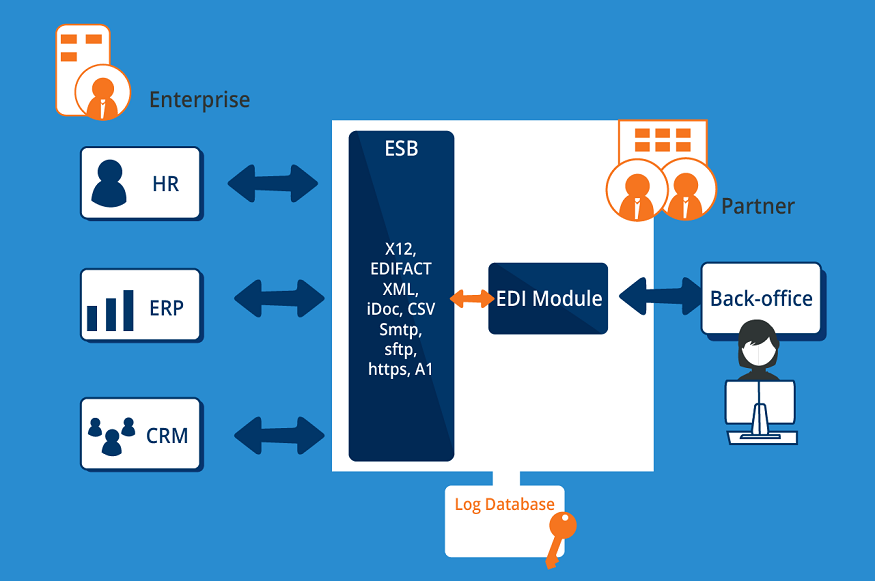Electronic data interchange refers to the software platform companies use to exchange various business documents between their trading partners. These could be in the form of inventory details, customers’ invoices, advance shipping orders, or purchases. It facilitates the automation of commercial transactions that companies process when conducting their activities. This helps to minimize the occurrence of inadvertent human errors and increases the efficiency of their supply chain. This software platform is compatible enough to Microsoft dynamics property management software connect to other important systems that the companies operate. They could be the e-commerce storefront, enterprise resource planning, or customer management relationship platforms.
How do companies process business documents using an EDI integration software platform?
Companies need to adopt the appropriate standardized formats when it comes to operating a suitable EDI integration platform. This refers to the technology they adopt to receive and send business documents between their trading partners. It can be in the form of EDIFACT, HIPAA, CIDX, AIAG, TAMACS, VICS, EIDX, or ANSI X12. Whatever EDI standard the companies choose to use should relate to the industry to which they conduct their business operations. Moreover, they should ensure the EDI standard is also compatible with the one their trading partners adopt. This helps to simplify the proper processing of commercial transactions. This, in turn, helps to streamline the workflow within their supply chain.
Read more: Exactly How to Reprocess Mobile Phones For Cash Money
The processing of business documents by companies using suitable EDI integration software platform involves the following six steps:
- Exporting the relevant information from companies’ databases to prepare the documents.
- Use the appropriate translation features to convert the internal information into proper EDI format during the preparation of these documents.
- Ensure all the information in the necessary fields are correct before transmitting the documents to the trading partners.
- Sending the relevant documents through a safe internet protocol like AS 2 to the recipient.
- Ensuring the documents passes through the necessary security features within the system during the transmission.
- Receiving an acknowledgment from their trading partners on the successful transmission of documents.
Types of EDI Integration platforms companies can use
Companies can adopt and use any one of the following 3 EDI integration platforms depending upon their activities:
Direct EDI integration
It involves using direct Internet connection between the ERP system and those of trading partners.
Indirect EDI integration
In this system the companies use a service provider to exchange vital business documents between their trading partners.
Hybrid EDI integration
This is a combination of both direct and indirect EDI integration systems to provide greater flexibility to companies.
Read more: Repair your broken iPhone screen here
Companies are using EDI integration software platforms to process all their commercial transactions with their trading partners. These systems allow them to export information from their databases and convert them into relevant EDI formats. Only then can they prepare the relevant documents for sending them to their trading partners via proper Internet connections. In doing so, they can choose between the direct, indirect, or hybrid versions. However, they need to take appropriate measures to ensure this business data is safe. Otherwise, it can fall into the hands of unscrupulous hackers or employees who do not have proper authorization to view these documents.

